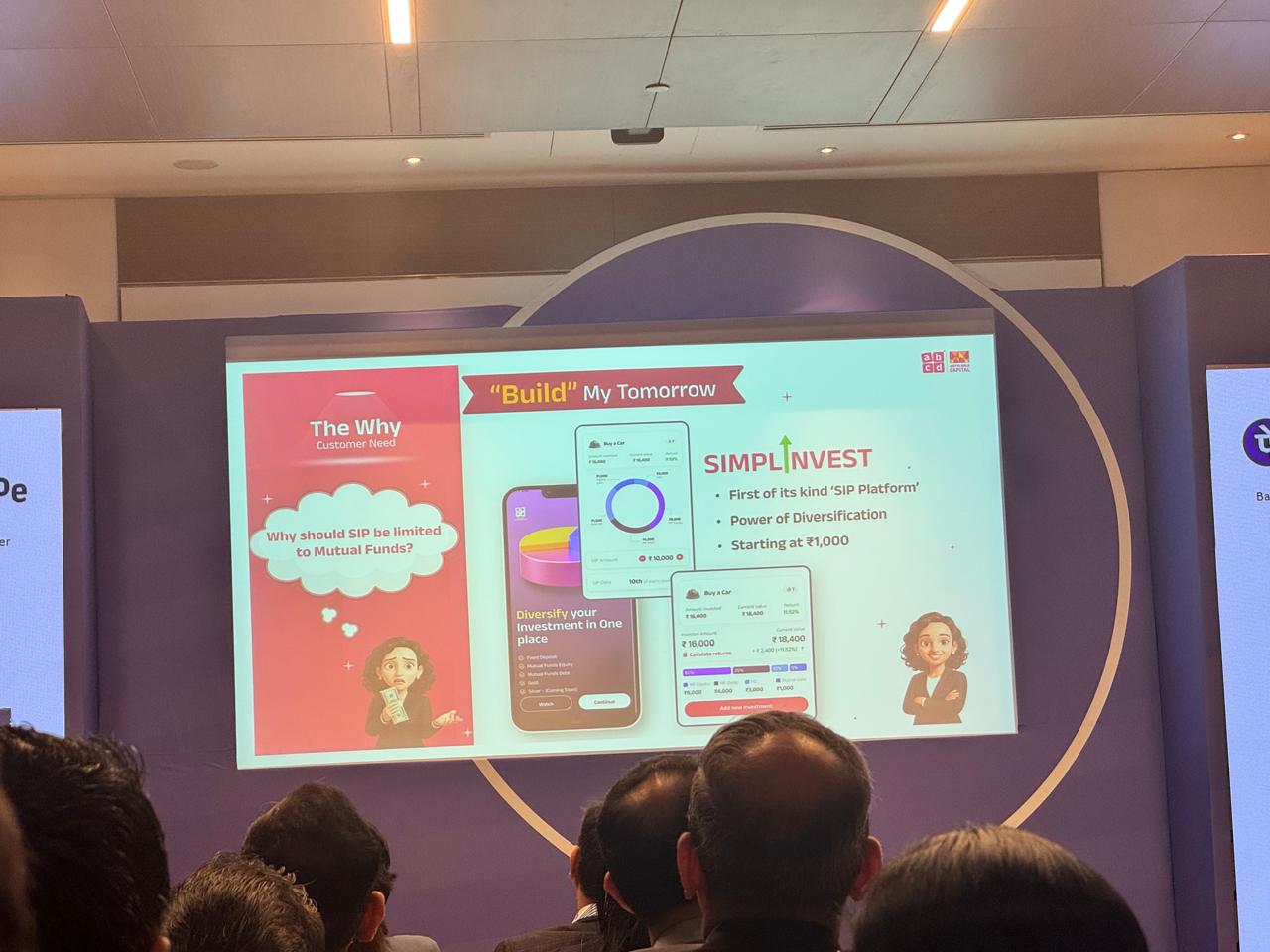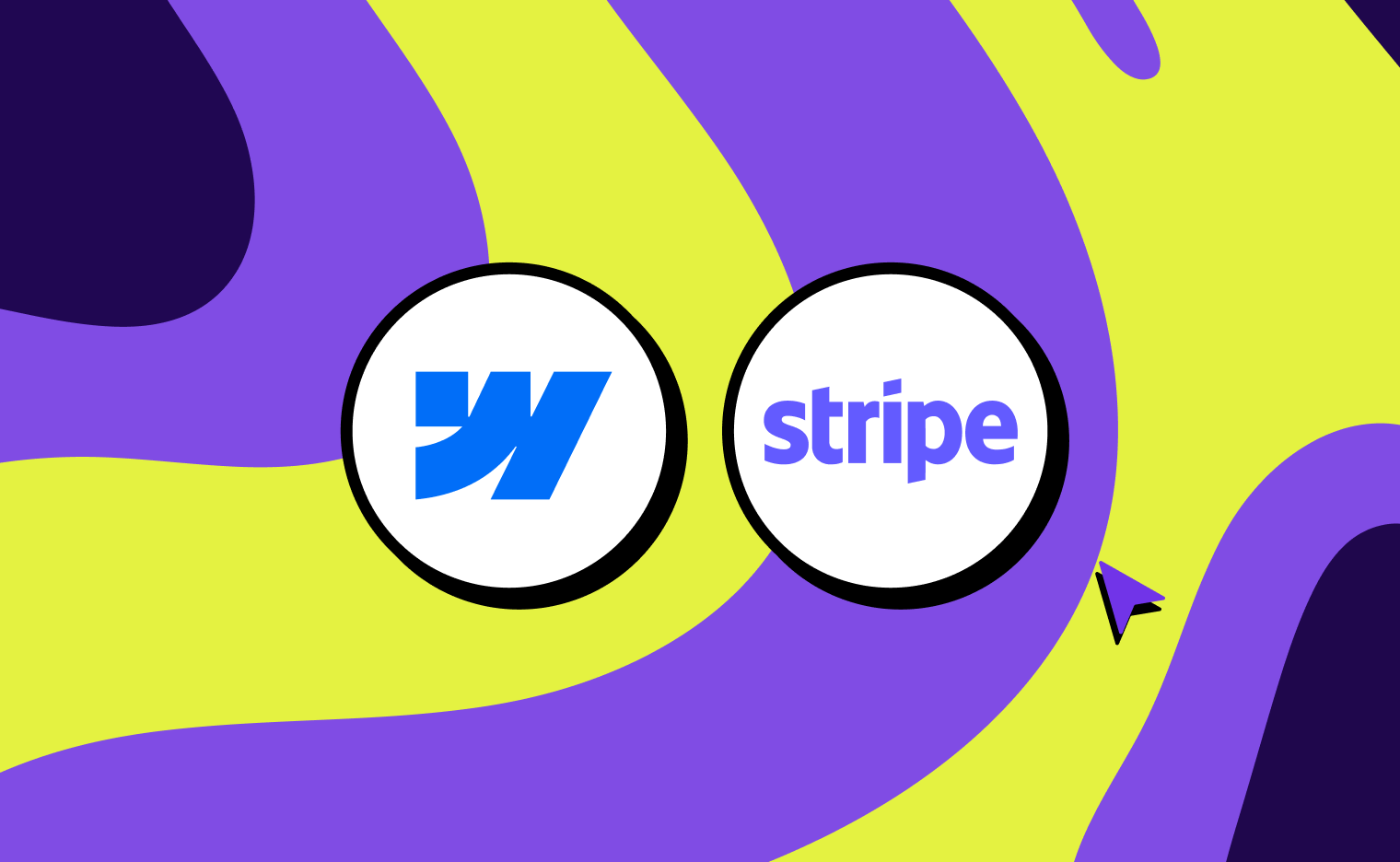
The Power of Personas in UX Research: A Guide to Improving User Experience
Creating a persona comes at a very early stage of UX design, generally with defined user research a UX researcher creates a user story, which we call a user persona.
It brings invaluable insights into user behaviors, motivations, and pain points, leading to improved user experience and increased conversions. Through this article, we will explore the power of personas in UX research, different types of personas, their application in UX design, and much more.
What Is a Persona?
Before we move ahead, let’s understand what a persona is. A persona in user research is a fictional, yet realistic, representation of your ideal user. As per the Interaction Design Foundation, personas are more than “people”. They are built for empathy with the target audience in mind, and should never be created from mere assumptions.
A well-crafted user persona goes beyond simple demographics, painting a vivid picture of the user's context, needs, and how they interact with your product as it reflects your potential users.
How Are User Personas Different From Marketing Personas
As per a study by ITSMA, 44% of marketers use buyer personas in their business, helping them be 60% more profitable than those who don’t. While user personas and marketing personas may both represent a target audience, they serve different purposes.
Marketing personas target purchasing behavior, demographic details, and marketing channels. They are used to educate marketing plans and messages.
User personas take a more in-depth look at user behavior, motivation, and goals as they relate to the product. They're used to inform design decisions and ensure that the product addresses user needs.

User persona source: Smashing Magazine; Marketing persona created by Lucia Wang, found on GetResponse.
The above image shows a comparison between the content and intent of both these personas. A user persona represents people who use the product or service and is used to map the user's needs to product solutions. Whereas a marketing persona represents people who buy the product or service and is used to map the customer buying behavior.
Pros and Cons of User Persona
As per user interviews, here’s a list of the pros and cons of a user persona.
Pros ✅
Creating a persona is always beneficial and here’s how:
- A persona builds empathy and understanding towards the users.
- It helps to align different teams around the users.
- Provides directions for decision-making.
- Humanizes UX research findings.
- Reduces churn and improves customer sentiment.
Cons ❌
While creating a person has its advantages, there’s no denying that it also comes with some drawbacks.
- Creating and maintaining a persona takes time and effort.
- A small-scale research-based persona may be inaccurate or not reflective of the entire user base.
Components of User Personas

Example of user persona and its components from Interaction Design Foundation
A user persona might have the following:
- Name, age, gender, and a photo (to represent a hypothetical user).
- Tagline describing their real life.
- Experience in the area of your product or service.
- Context on how a user would interact with your product. How often do they use it? Source of access? And other details.
- Goals and concerns.
Four Types of User Personas
Lene Nielsen, a Ph.D. and a renowned expert in personas, has described four distinct perspectives on user personas in her The Encyclopedia of Human-Computer Interaction.
Goal-Directed Personas
This focuses on the goal of a typical user. What would the user want to do with my product? The emphasis lies on the tasks the user performs and the desired outcomes.
Roles-Based Personas
These are highly data-driven and combine both qualitative and quantitative data to define a persona. They focus on the user’s responsibilities, workflows, and how the product fits into their overall work or social context.
Engaging Personas
Engaging personas can incorporate both goal and role-directed personas. These personas are created to engage the designer in the UX process, idea is to create a 3D rendering of a user through this persona.
These personas consider the user's emotions, psychology, and past experiences, relating them to the task at hand. This perspective emphasizes the power of storytelling to engage and bring characters to life. Lene Nielsen is one of the key proponents of this viewpoint.
Fictional Personas
Fictional persona are born from the experience of the UX team, unlike the other forms of persona which are mostly research-based. It is highly based on assumptions based on past interactions with the users.
What is the Use of a User Persona in UX Design
User personas are invaluable tools in the UX design process. They help designers:
Helps Empathize With Users the User's Needs and Problems
Personas bring users to life, fostering empathy and understanding within the design team.
Make Informed Design Decisions: Personas provide a clear picture of the target user, helping designers make informed decisions about features, functionality, and interface design.
Helps Prioritize Feature Implementation
By focusing on the user's needs and goals, personas help prioritize which features are most important and implement them accordingly.
Communicate Design Effectively
Personas serve as a shared language for discussing users and improving communication between designers, developers, and stakeholders. A design is effectively communicated through personas because, for designers, a product is successful when it solves a user's problem, while for businesses, a product works when it drives user engagement and growth.
Reduce Bias and Errors
Personas help reduce bias in design decisions by grounding them in user research rather than personal assumptions. User personas are also instrumental in eliminating common UX research mistakes. As discussed in this article about UX research mistakes, relying on assumptions or designing for oneself can lead to products that miss the mark. User personas, grounded in real user data, provide a solid foundation for user-centered design, minimizing the risk of misinterpreting user needs and creating products that fail to resonate with the target audience.
Examples of User Personas
User Persona Example 1

Source: Medium
Let's consider a hypothetical scenario: you're designing a mobile app for a marketplace where users can buy and sell second-hand vehicles. The platform will serve two main user groups: sellers who want to list their vehicles, and buyers looking to purchase one.
As a UX designer, it's essential to address the needs of both user types throughout the research and design process. This means considering the specific goals, pain points, technical proficiency, and other relevant characteristics of each group. By doing so, we ensure that the app provides a seamless and enjoyable experience for both sellers and buyers, catering to their unique requirements while maintaining a cohesive overall design.
Example 2

The above example provided by Fake Crow adds a layer by mentioning the products a user frequently interacts with. This design is good to grab the user's attention and point out what’s important for the designer’s understanding.
How to Create Effective User Personas
Creating effective user personas involves a combination of research, analysis, and creativity. Here's a step-by-step guide:
Gather User Data
One must conduct user and market research before drafting a persona. This will help you understand user motivation and pain points. One can conduct surveys, market research, or interviews to gather such data, if you’re low on budget utilize the existing data present in the market or with your team to draft a persona.
Analyze That Data
Now that you've collected all of your user data, it's time to analyze it. Analyzing your data can take time, so don't rush it. Instead, seek for similarities among your users. You can begin with a few modest personalities based on these similarities and expand as you become more comfortable identifying them.
Start Creating User Persona
Finally, based on the analysis create a sample user persona that represents your audience in a nutshell. These steps can be repeated to create personas for a secondary user base, if any.
Closing Notes
Persona UX research is an essential practice for creating user-centered products. By investing in user research and developing well-crafted personas, you can gain a deep understanding of your target audience and design products that meet their needs and exceed their expectations. This leads to increased user satisfaction, higher conversion rates, and ultimately, a more successful product.
If you’re feeling stuck with your persona mapping connect with us and we will help you discover your product users and craft exceptional user experience.
Ready to create user-centered designs that truly resonate? Let’s transform your UX strategy together! Connect with our expert team today to craft detailed personas, uncover user insights, and design exceptional experiences that drive results. Start your journey to a more successful product now!
Subscribe for Industry insights
Get cutting-edge design insights + Free pro
resources just for subscribing!
FAQ
More Insights


Nagar, Vanagaram, Chennai, Tamil
Nadu 600095, India
REGISTERED IN Chennai, INDIA.
"Global Team, Building for the world"













.webp)
.svg)